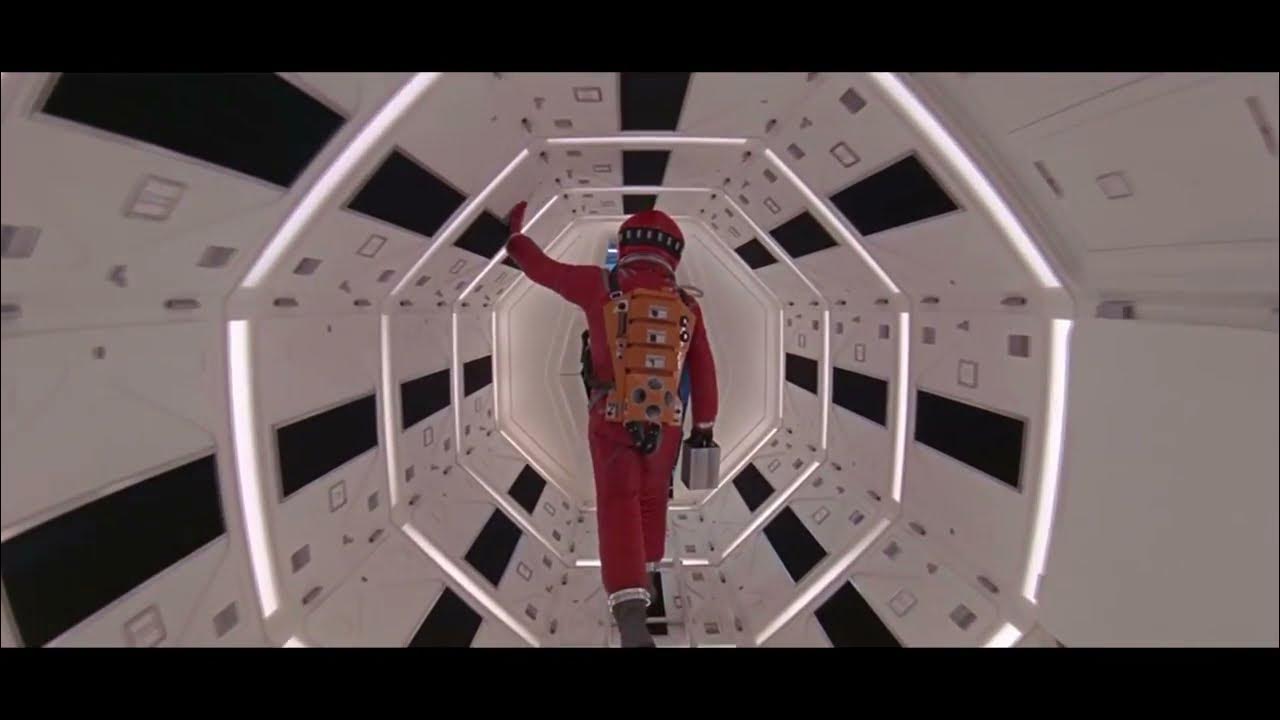Le vocabulaire de l'analyse d'image
Summary
TLDRThis video script offers a detailed exploration of visual analysis vocabulary, encompassing both art and cinematography. Key concepts covered include composition, color, the rule of thirds, and the golden ratio in visual arts. It delves into how angles, like low and high shots, influence film perception, referencing films such as *Terminator 2*. The script also highlights how formal and structuralist approaches shape our understanding of images, touching on light, color, and materiality. Furthermore, it explains the importance of 2D and 3D space, exploring the meaning behind different visual choices and their impact on interpretation.
Takeaways
- 😀 Composition in artwork refers to how an image is structured, focusing on balance, emphasis on elements, and perspective.
- 😀 Color choices are essential in visual art, with artists using warm/cold tones, primary/secondary colors, and different palettes to convey mood and meaning.
- 😀 The golden ratio is a proportional system used to create harmonious and balanced compositions in visual art.
- 😀 The rule of thirds is a guideline that divides an image into a 3x3 grid, helping place important elements along the lines or at their intersections.
- 😀 In cinematography, camera angles (such as low-angle or high-angle shots) significantly influence the perceived power and dominance of a subject in a film.
- 😀 The theme of a work of art refers to its subject matter, the core idea or message being conveyed through the image.
- 😀 In cinematography, the 'angle of view' refers to the position of the camera relative to the subject, affecting the viewer's perception of the scene.
- 😀 Formalist analysis of visual art focuses on describing the structure, color, and composition without delving into deeper symbolic meanings.
- 😀 Value in visual art refers to the perceived lightness or darkness of a color and how it affects the overall mood and depth of an image.
- 😀 Materiality in art refers to the physical elements used in a piece, such as the medium and the relationship between the material and the reality of the artwork.
Q & A
What is the concept of composition in visual arts?
-Composition refers to how the elements of a work are arranged. It includes the balance of these elements, what is emphasized, and how perspective is used within the artwork.
Why is color important in an artwork or film scene?
-Color plays a significant role in setting the tone and atmosphere. Artists choose different colors (warm, cool, primary, secondary) to convey emotion, create harmony, or draw attention to specific elements within the piece.
What is the Golden Ratio, and how is it applied in art?
-The Golden Ratio is a mathematical proportion that artists use to achieve balance and harmony in their compositions. It's often used to structure the elements of an artwork in a way that feels naturally pleasing to the eye.
What is the Rule of Thirds, and how does it guide composition?
-The Rule of Thirds involves dividing an image into nine equal parts with two horizontal and two vertical lines. The important elements of the composition should be placed along these lines or at their intersections to create a balanced and dynamic visual.
What does the theme of an artwork refer to?
-The theme refers to the main subject or the central message of the artwork. It's the overall idea or story that the piece conveys, such as a depiction of a person at work or a representation of an event.
How does the choice of camera angle impact cinematography?
-Camera angles significantly affect how the viewer perceives characters and scenes. For example, a high angle (top-down) can make a subject appear weak or vulnerable, while a low angle (bottom-up) can make a subject seem dominant or imposing.
Can you explain the concept of 'frontal view' in cinematography?
-A frontal view in cinematography is when the camera is positioned directly in front of the subject, often used to create a sense of straightforwardness or neutrality in the composition.
What is the impact of using a low angle shot in films, and how does it relate to *Terminator 2*?
-A low angle shot, where the camera is positioned below the subject, makes the subject appear larger, more dominant, or even menacing. In *Terminator 2*, this technique was used to emphasize the imposing presence of the Terminator, making him seem more powerful and threatening.
What are some examples of formal choices artists make regarding color?
-Artists may choose to work with monochromatic palettes (using different shades of one color), create color harmonies like complementary or analogous colors, or use a wide range of colors to create a vibrant and dynamic composition.
What is the difference between '2D space' and '3D space' in the context of visual arts?
-2D space refers to flat, two-dimensional artworks where elements are arranged on a single plane (like paintings or photos), while 3D space refers to sculptures or physical works that have volume and depth, adding a tactile and spatial dimension to the piece.
Outlines

This section is available to paid users only. Please upgrade to access this part.
Upgrade NowMindmap

This section is available to paid users only. Please upgrade to access this part.
Upgrade NowKeywords

This section is available to paid users only. Please upgrade to access this part.
Upgrade NowHighlights

This section is available to paid users only. Please upgrade to access this part.
Upgrade NowTranscripts

This section is available to paid users only. Please upgrade to access this part.
Upgrade NowBrowse More Related Video

Apa Itu Cinematography? | Basic Filmmaking #1

Optimized Photorealism That Puts Modern Graphics to Shame: NFS 2015

Top 10 Adult Manga With Incredible Artwork [ No NTR ]

Using Powerful Camera Angles and Shots for Filmmaking

Ultimate Guide to Camera Lenses — Every Type of Camera Lens Explained [Shot List Ep. 7]

Elements and Principles of Design in Film
5.0 / 5 (0 votes)